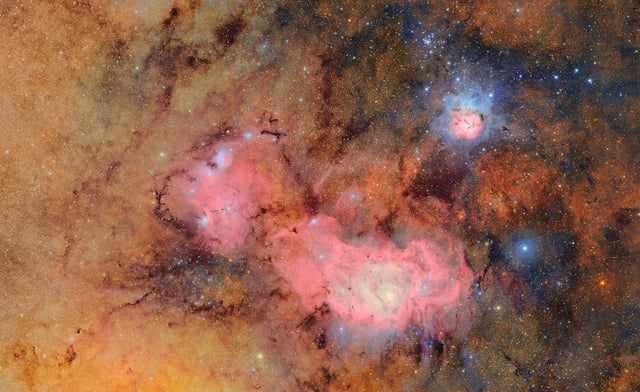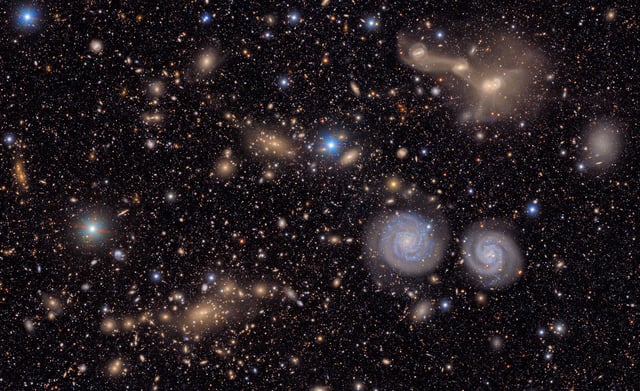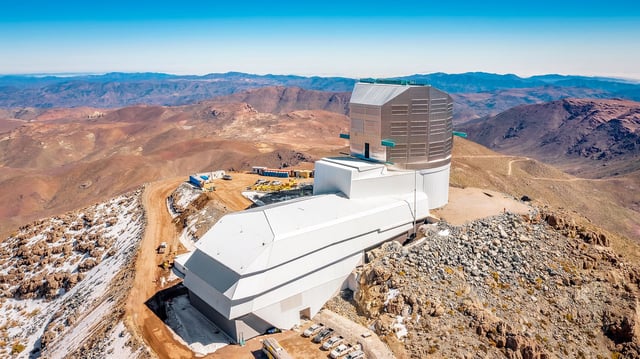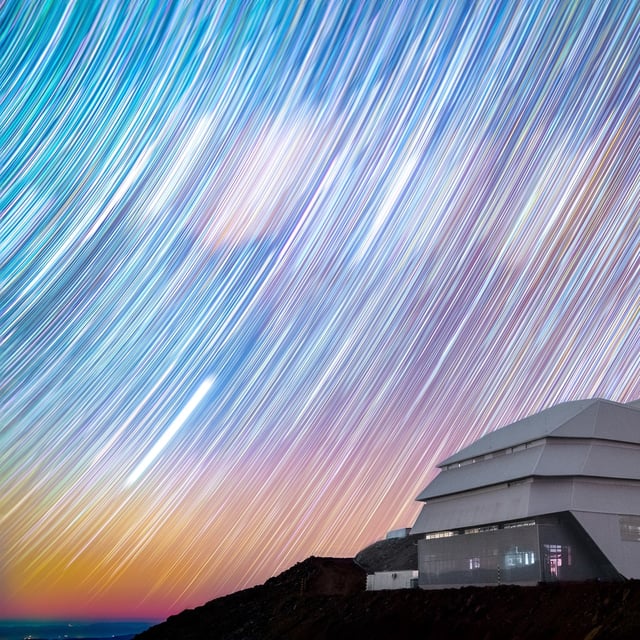Overview
- The observatory released its first images on June 23 to officially launch the 10-year Legacy Survey of Space and Time.
- A 3,200-megapixel, 3,000-kilogram camera mounted on an 8.4-metre telescope mirror will capture wide-field sky images every few seconds from Cerro Pachón in Chile.
- Researchers will process approximately 20 terabytes of data each night using software developed by Australian teams granted immediate access rights.
- The science program encompasses four main objectives: charting dark matter distribution; investigating dark energy; mapping the Milky Way; exploring transient phenomena such as supernovas.
- Astronomers anticipate that rapid-cadence imaging will reveal millions of new solar system objects with the possibility of detecting the hypothesized Planet Nine.



